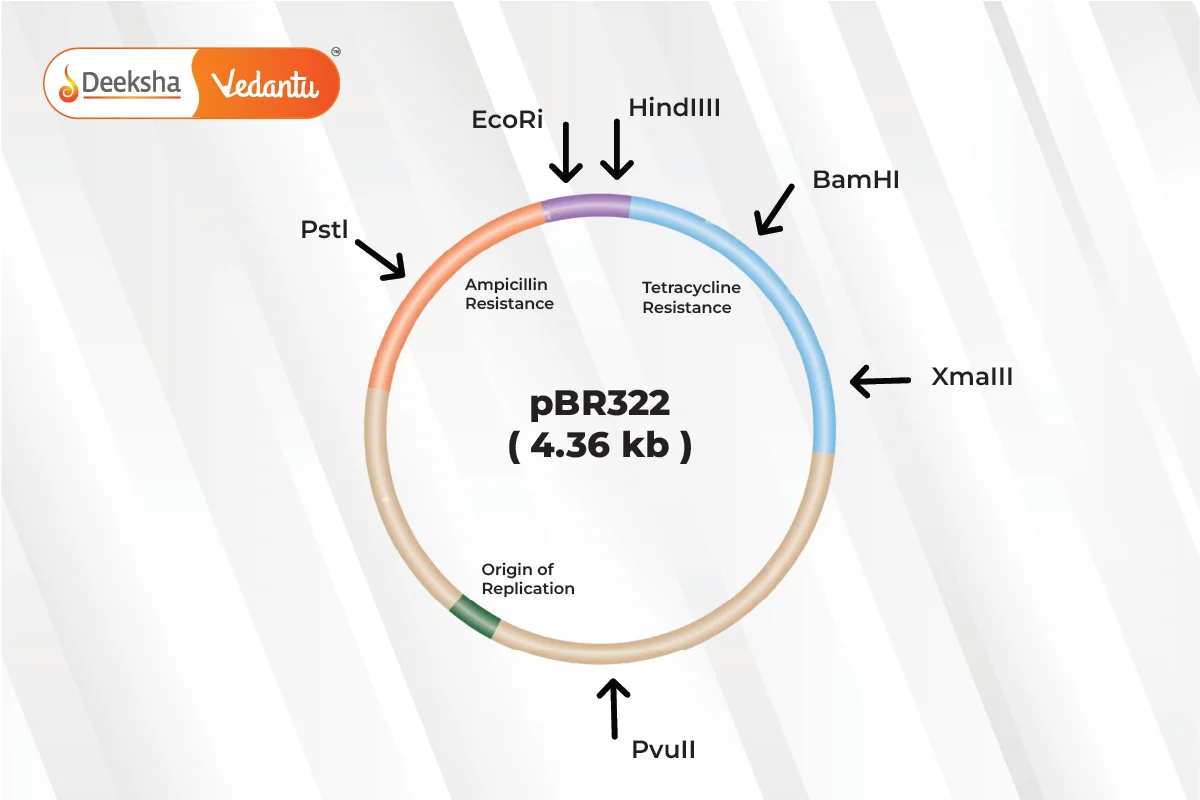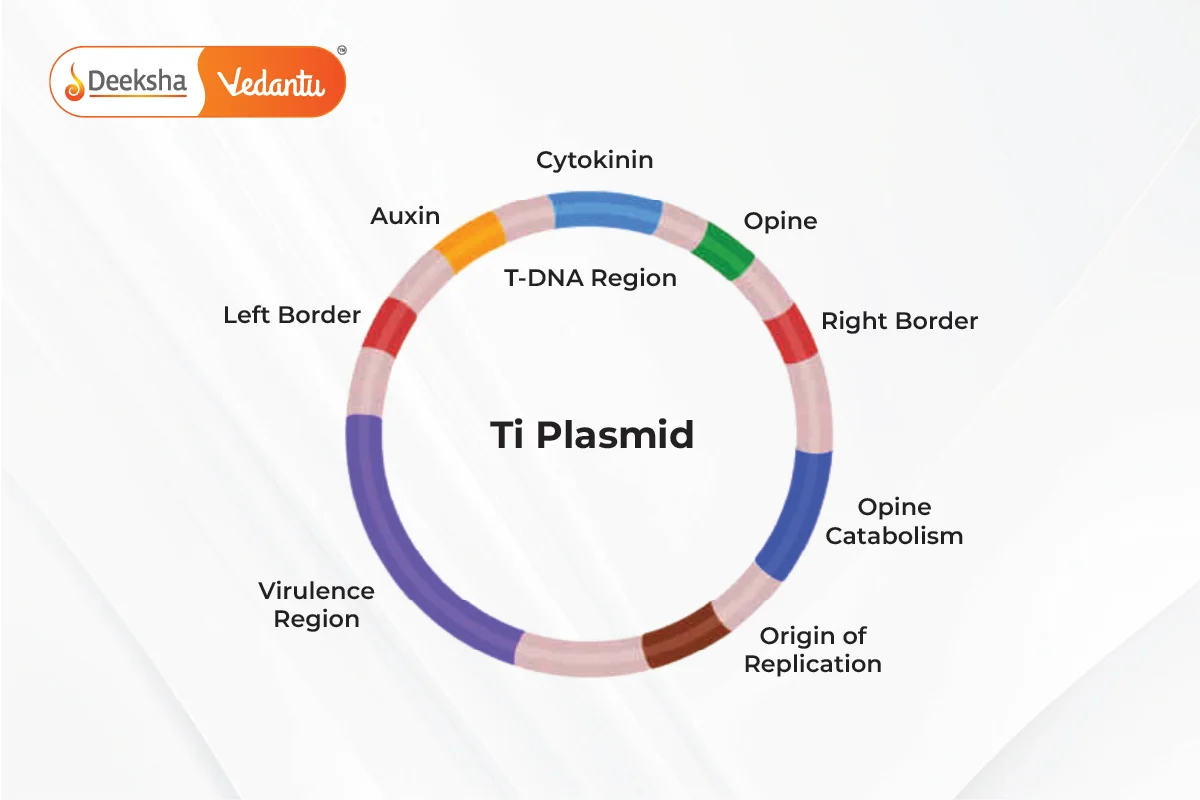What is a Plasmid?
Plasmids are extrachromosomal DNA molecules that are small, circular, and capable of autonomous replication. They are primarily found in bacteria, but some eukaryotes, like yeast and plants, also contain plasmids. Their ability to replicate independently of chromosomal DNA makes them valuable tools in recombinant DNA technology for gene transfer and manipulation.
Plasmid Definition
Plasmids are defined as “extrachromosomal DNA molecules that catalyze the synthesis of DNA during replication.”
Key Characteristics of Plasmids:
- Replication: Plasmids can replicate independently of chromosomal DNA.
- Presence: Mainly found in bacteria, with some occurrences in eukaryotes.
- Structure: Small and circular.
- Function: Often carry genes that provide advantages, such as antibiotic resistance.
- Genetic Engineering: Used as cloning vectors in recombinant DNA technology.
Plasmid Structure
- Extrachromosomal: Not essential for survival, but useful for carrying advantageous genes.
- Origin of Replication (ORI): Allows independent replication.
- Genes: Often include antibiotic resistance genes, toxin production genes, etc.
- Transfer: Can move between bacterial cells via conjugation.
Plasmid Vector
Plasmids serve as cloning vectors due to their ability to be modified and replicated easily.
Key Elements of a Plasmid Vector:
- Origin of Replication (ORI): Initiates replication.
- Selectable Marker: Identifies cells containing the plasmid (e.g., antibiotic resistance).
- Multiple Cloning Sites (MCS): Contains recognition sites for inserting foreign DNA.
- Promoter Region: Facilitates transcription of the target gene.
- Primer Binding Site: Serves as the starting point for PCR amplification and sequence verification.
Process of Creating a Recombinant Plasmid:
- Cutting DNA: Restriction enzymes cut DNA to create sticky ends.
- Inserting Genes: Desired genes are inserted using DNA ligase.
- Transformation: The recombinant DNA is introduced into a host bacterial cell.
- Replication: The plasmid replicates within the host cell, producing the desired DNA fragment in large quantities.
Examples of Plasmids Used in Biotechnology
pBR322 Plasmid:

- Characteristics:
- Restriction sites: BamH I, Hind III, Sal I, etc.
- Selectable markers: Antibiotic resistance genes (ampR, tetR).
- Origin of replication (ORI).
- ROP gene: Involved in replication.
- Function: Used as a cloning vector in genetic engineering.
Ti Plasmid:

- Source: Found in Agrobacterium tumefaciens.
- Use: Delivers desirable genes to host plants, creating transgenic plants.
- Characteristics:
- Contains T-DNA region and virulence genes.
- Causes crown gall disease in plants.
- Modified to insert desired genes without pathogenic effects.
Recombinant Plasmids
Recombinant plasmids contain foreign DNA fragments. They are used in genetic engineering to clone and express specific genes in host cells.
Advantages of Using Plasmids:
- Gene Transfer: Effective tools for gene manipulation and transfer.
- Replication: Can replicate rapidly in bacterial cells, producing large quantities of DNA.
- Stability: Circular configuration provides stability.
- Isolation: Easy to isolate and manipulate due to their small size.
FAQs
Selectable markers are genes, such as antibiotic resistance genes, that allow researchers to identify cells that have taken up the plasmid.
Plasmids are important because they can be easily modified, replicated, and used to transfer genes. This makes them valuable tools in genetic engineering and biotechnology.
Ti plasmids are found in the bacterium Agrobacterium tumefaciens. They are used to transfer genes to plants, creating transgenic plants. They contain T-DNA and virulence genes.
The ORI is a sequence of DNA where replication begins, allowing the plasmid to replicate independently within the host cell.
A recombinant plasmid is a plasmid into which a foreign DNA fragment has been inserted. This allows for the replication and expression of the foreign gene in the host cell.
Plasmids are used as vectors to transfer and clone genes. They can be modified to carry specific genes, which are then introduced into host cells for replication and expression.
The main function of plasmids is to carry genes that can provide advantages such as antibiotic resistance. They are also used as cloning vectors in genetic engineering.
Plasmids are small, circular, extrachromosomal DNA molecules found in bacteria and some eukaryotes. They replicate independently of chromosomal DNA.
Related Topics
- What is Hemoglobin
- Bryophytes
- Important Notes For NEET Biology – Anatomy of Flowering Plants
- Important Notes For NEET Biology – Chromosome Structure
- Plant Hormones
- Important Notes For NEET Biology – Breathing and Exchange of Gases
- Important Notes For NEET Biology – The Living World
- Important Notes For NEET Biology -Shapes of Bacteria
- Plasma Membrane Structure
- Difference between Ideal Solution and Non-ideal Solution
- Euglena
- Important Notes For NEET Biology – Morphology of Flowering Plants
- Epithelial Tissue
- Connective Tissue
- Paramecium










Get Social